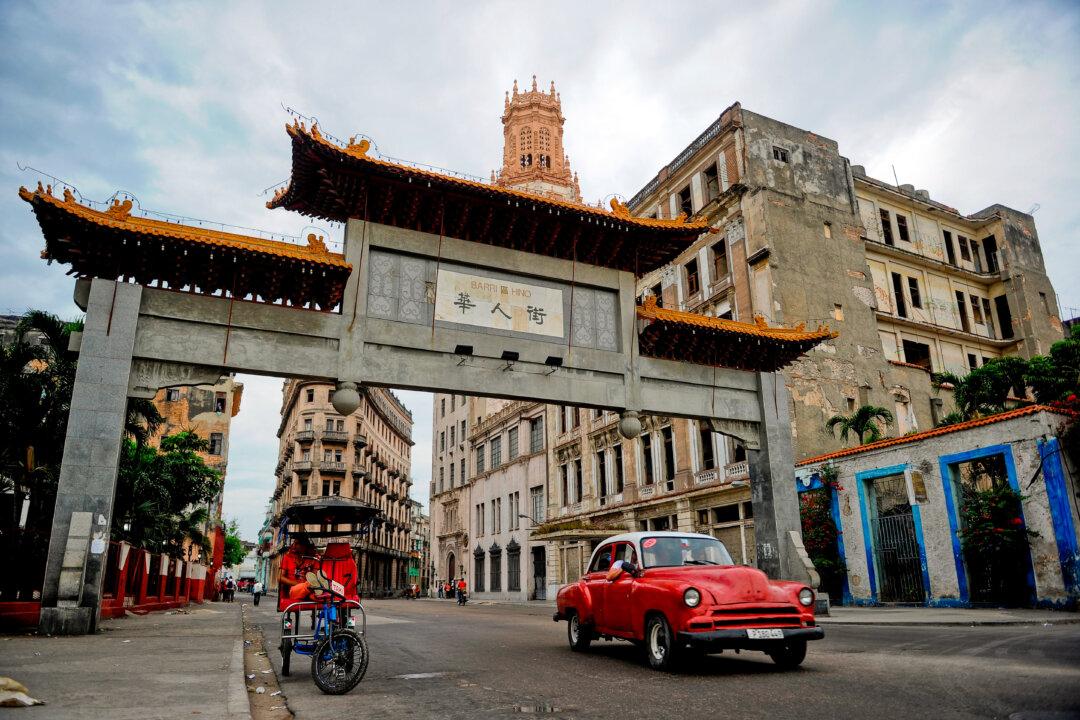Commentary
Cuba has been impoverished by years of communist control, but it possesses a strategic vantage point that the Chinese regime prizes.

Cuba has been impoverished by years of communist control, but it possesses a strategic vantage point that the Chinese regime prizes.